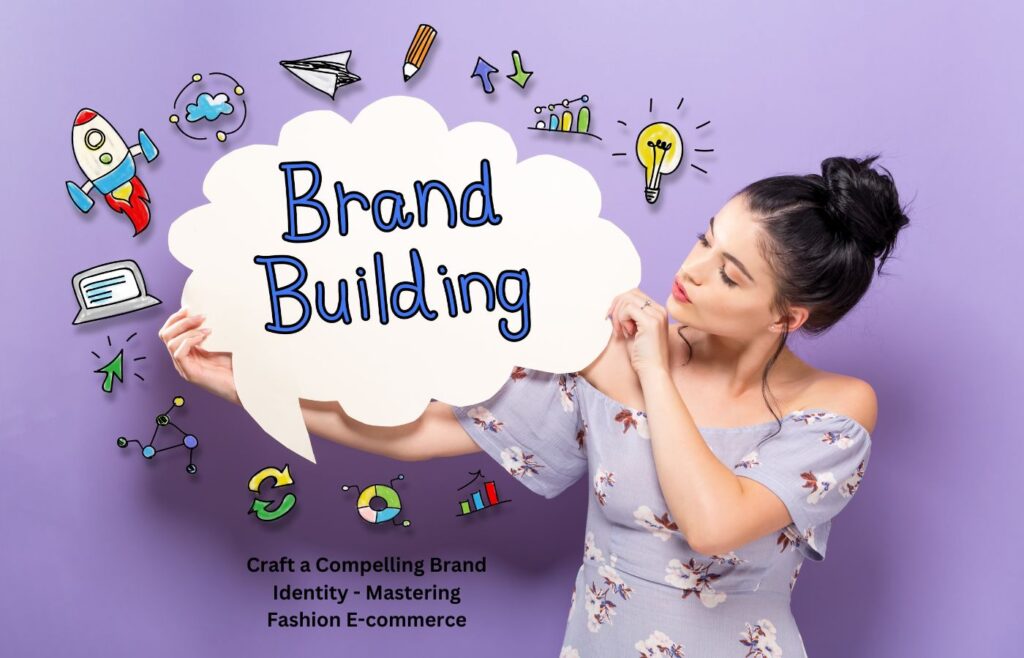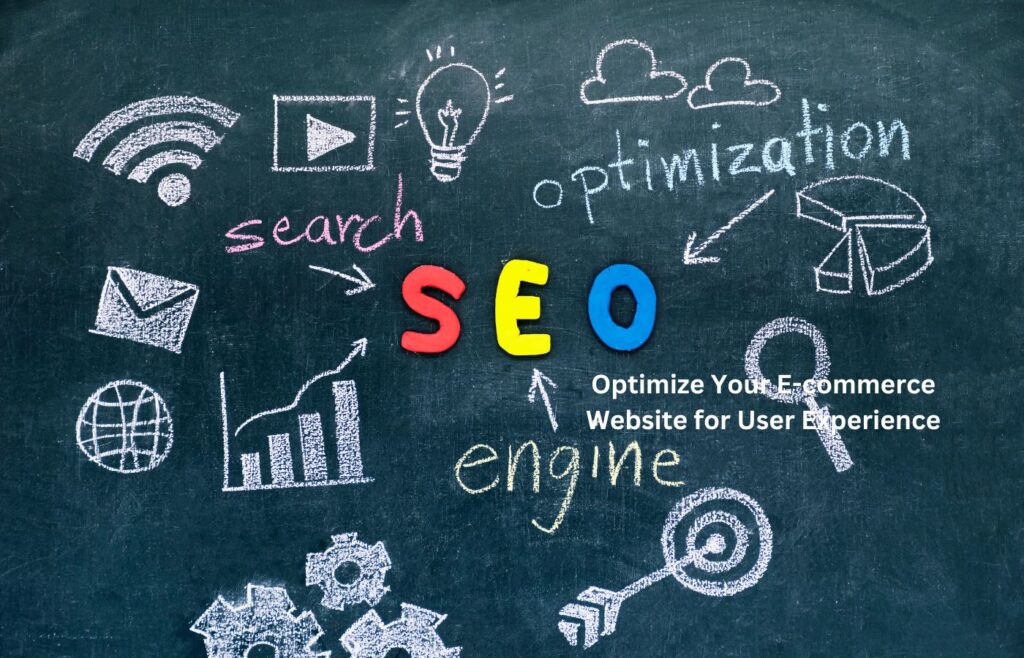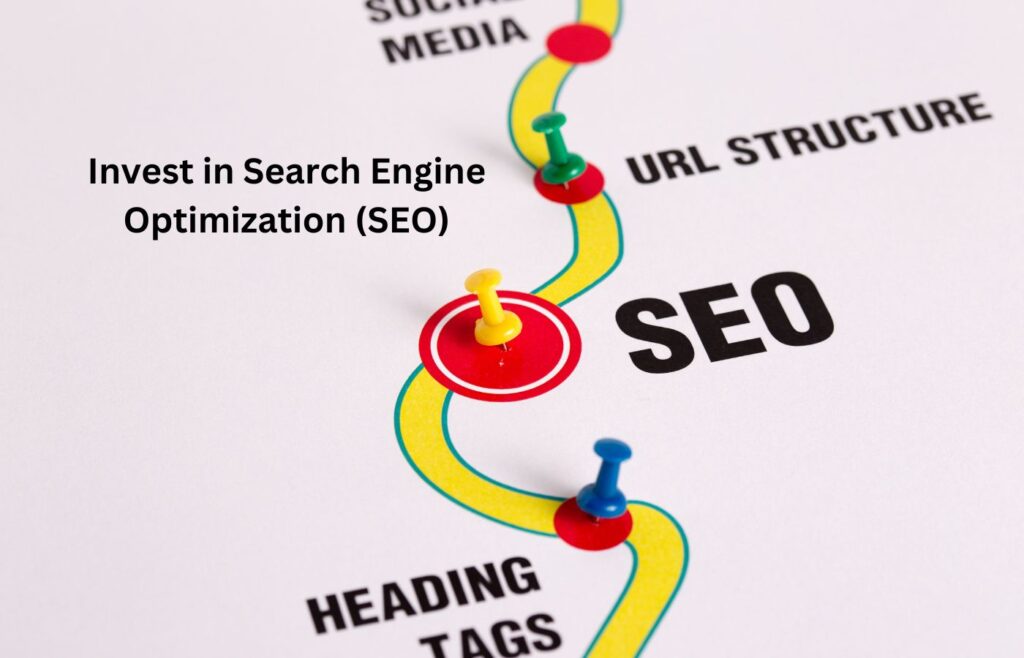Introduction – Mastering Fashion E-commerce
Fashion e-commerce is a dynamic and competitive market. As more people turn to online shopping for their fashion requirements, firms must adapt and innovate to stay ahead of the game. Mastering fashion e-commerce necessitates a comprehensive strategy that covers all parts of the business, from branding and marketing to customer experience and data analytics. In this thorough guide, FashionBusinessIdeas.com reveals the seven secrets to mastering fashion e-commerce, equipping you with the tools and insights you need to succeed in the digital fashion industry.
Craft a Compelling Brand Identity

Any profitable online fashion retailer starts with its brand identification. Your brand has to be memorable in a crowded internet market and appeal to your intended audience. It takes a definition of your brand’s personality, values, and unique selling proposition to create a powerful brand identity. Your brand should narrate an emotional story that will linger with your consumers and encourage loyalty.
First, to develop a strong brand identity, learn the preferences, habits, and problems of your target market through extensive market research. Using this data, create a brand persona that appeals to your potential client directly. Make sure the visual components of your brand—your logo, color scheme, and images—are the same everywhere—from your packaging and marketing materials to your website and social media accounts. In the world of fashion e-commerce, trust and brand recognition—two essential factors for boosting sales and client retention—are fostered by consistency.
Optimize Your E-commerce Website for User Experience

The virtual showroom of your fashion brand is your e-commerce website, and the customer experience there may make or break your online success. Visitors are drawn to and encouraged to investigate and buy your products by a well-designed, user-friendly website. One of the best ways to improve the user experience of your e-commerce website is to design a simple, understandable layout that smoothly leads visitors through the buying process.
Now that a large percentage of internet buying occurs on mobile devices, make sure your website is mobile-responsive. To enable consumers to locate the things they need fast and simply, including robust search capabilities and intuitive navigation. Giving consumers the information they need to make educated purchases requires superior product photos and thorough descriptions. To further reduce friction and cart abandonment, give several payment methods, clear shipping and return policies, and a guest checkout option.
Leverage Social Media Marketing

The fashion e-commerce business now depends critically on social media networks. Successful use of social media marketing by brands can increase their audience, interact with them, and increase sales and traffic to their e-commerce websites. For your fashion brand to succeed in social media marketing, create a thorough plan that fits your target demographic and overall business objectives.
Identify the social media platforms that your ideal customers frequent and create a content calendar that includes a mix of promotional posts, user-generated content, and engaging, value-adding content such as fashion tips, behind-the-scenes glimpses, and influencer collaborations. To highlight your items and brand style, use excellent graphics, such as photos and videos. Respond quickly to comments and messages, hold competitions and giveaways, and promote user-generated content to interact with your fans. To reach a larger audience and generate focused traffic to your e-commerce website, think about spending money on social media advertising as well.
Invest in Search Engine Optimization (SEO)

A key to understanding fashion e-commerce is search engine optimization, or SEO. Through search engine optimization of your website and content, you may draw in qualified traffic, raise your presence in organic search results, and eventually increase sales. To begin investing in SEO for your fashion e-commerce company, find out what words and phrases your target market searches for when looking for items similar to yours.
To make sure your visitors are receiving useful, pertinent information, naturally include these keywords in the metadata, product descriptions, and blog posts of your website. Make the navigation and structure of your website search engine-friendly. Check that your website opens quickly and is mobile-friendly since these elements can affect your search engine results. Develop excellent backlinks from respectable websites in your sector as well to raise the authority and search engine exposure of your website.
Personalize the Customer Experience

Being unique and developing enduring client relationships in the cutthroat world of fashion e-commerce require customization. Customizing the buying experience for every single consumer will raise interaction, loyalty, and eventually sales. Get information about your clients’ tastes, habits, and past purchases to begin customizing the customer experience.
Utilize this information to build customized website experiences, personalized email marketing, and focused product suggestions. You might, for instance, send a customer a birthday special offer or show them items that go well with their past purchases. Create a customer loyalty program that incentivizes repeat business and promotes interaction with your company. Throughout their buying experience, make sure your clients feel appreciated and heard by offering individualized customer service by phone, email, or live chat.
Utilize Data Analytics

Data analytics is a great way to get good at online clothes shopping. By gathering and analyzing information about your customers, goods, and marketing efforts, you can learn a lot about what works and what doesn’t, and then use that information to make decisions that will help your business grow. To get the most out of data analytics, you should start by adding tracking tools to your e-commerce site, like Google Analytics.
Keep an eye on important numbers like website traffic, conversion rates, average order value, and customer term value. Look for trends, patterns, and ways to make things better with this info. For instance, if you see that a lot of people are leaving a certain type of product, you can look into why that is and make changes to make the experience better for the customers. Data analytics can also help you divide your customers into groups and make marketing efforts that are more relevant to the wants and needs of each group.
Embrace Omnichannel Marketing

Customers anticipate a smooth, integrated buying experience across several channels in the digital age of today. Reaching consumers where they are and understanding fashion e-commerce requires adopting omnichannel marketing. Creating a consistent brand experience on all touchpoints—your e-commerce website, social media accounts, physical locations, and customer care channels—is known as omnichannel marketing.
The first step in embracing omnichannel marketing is to make sure that your brand messaging and images are the same everywhere. Provide the choice for customers to buy online and pick up in-store or the other way around. For precise, real-time information on product availability, integrate your inventory management system with all channels. Using consumer data, develop customized cross-channel marketing campaigns that smoothly lead consumers through the buying process. Building trust and loyalty and eventually increasing sales for your fashion e-commerce company may be achieved by offering a consistent, customer-centric experience throughout all channels.
Conclusion – Mastering Fashion E-commerce
Mastering fashion e-commerce necessitates a comprehensive, complex approach that includes branding, website optimization, social media marketing, SEM, personalization, data analytics, and multichannel marketing. Implementing these seven principles can help you develop a strong brand identity, attract and keep customers, and, ultimately, produce long-term success for your fashion e-commerce firm.
Remember, mastering fashion e-commerce is an ongoing process that involves constant learning, adaptability, and creativity. Keep up with the newest industry trends and best practices, and be open to experimenting and iterating based on your specific company requirements and client feedback. With devotion, patience, and a customer-centric approach, you can negotiate the fast-paced world of fashion e-commerce and establish a thriving, successful online business.
The article “7 Secrets to Mastering Fashion E-commerce” is written by Farhanul Haque, Fashion Business Ideas. Our team of passionate writers and experts shares tips and inspiration on gardening, home improvement, and design to help you create your dream space.







